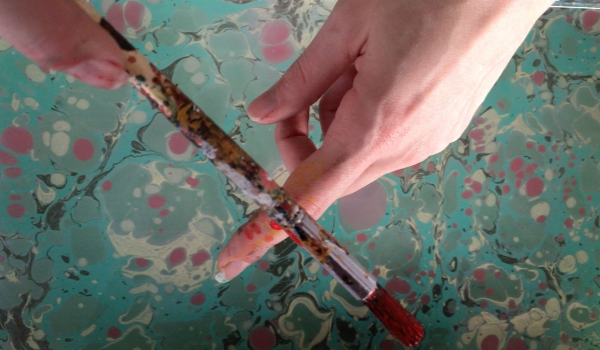
In The Red

In Issue 80, we published an article by Greta Bertram about endangered crafts in the UK. The HCA Radcliffe Red List of Endangered Crafts was the first research of its kind in the UK and set out to assess the traditional heritage crafts taking place in the UK today and to identify those most at risk of disappearing.
Four crafts are known to have become extinct in the UK in the last ten years: cricket ball making, gold beating, lacrosse stick making, and sieve and riddle-making. Seventeen are critically endangered, including clog making, hat block making, saw making and swill basket making. These crafts have few practitioners, generally spread across just one or two businesses, and usually with no trainees learning the skills. It is well-known that heritage crafts can be a financially precarious occupation. Many are affected by a fluctuating market, competition from overseas and the unwillingness of customers to pay a premium for handmade British items.
It is also fair to say that some crafts are of limited practical use in today’s world. At one point nearly every city, town and village had a clay pipe maker, but the rise in popularity of cigarettes and then a decline in smoking altogether has caused the craft to all but disappear. It is also true that many craft skills are still practised elsewhere in the world and so have not been lost altogether. Cricket ball making became extinct in the UK about five years ago, but the craft lives on in India. Why do these crafts matter? For the HCA, the answer is simple – these crafts are a part of the UK’s cultural heritage and should be valued and safeguarded as such. Heritage crafts also make a significant contribution to the UK economy.

Read the rest of this article in the Craft issue.
UPDATE: Since this article was published, sixteen new crafts have been added to the ‘critically endangered’ category of the Red List, including withy crab pot making, millwrighting and commercial handmade papermaking. It’s not all bad news, however, as the craft of sieve and riddle making, which was listed as extinct in 2017, has now been revived by two new makers devoted to bringing it back, both of whom are now beginning commercial production.
